Saving seeds from your favorite vegetables is a rewarding and sustainable practice that empowers gardeners to preserve plant varieties, reduce dependence on store-bought seeds, and ensure a continuous supply of fresh produce. Seed saving is not only cost-effective but also encourages biodiversity and allows gardeners to select plants that thrive in their local environment. With a little knowledge and careful attention, anyone can master the art of seed saving. This guide explores five easy methods to save seeds from common vegetables, complete with step-by-step instructions and expert tips to ensure success.
Understanding the Basics of Seed Saving
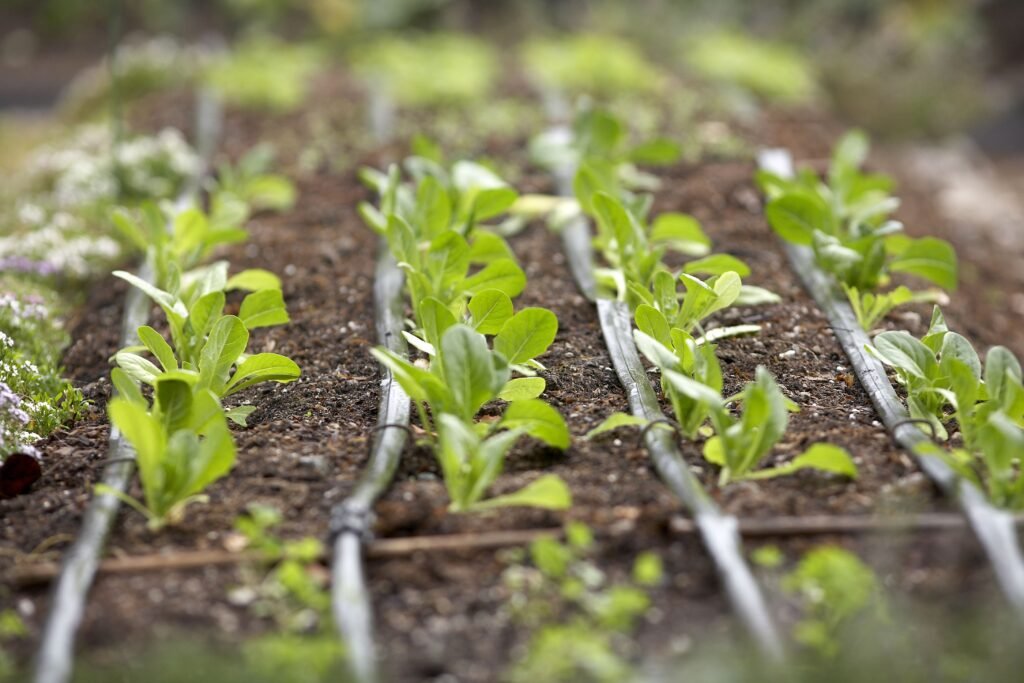
Before diving into the methods, it’s important to understand a few fundamental concepts:
- Seed Viability: Not all seeds will germinate. Viability depends on the plant species, storage conditions, and maturity at harvest.
- Open-Pollinated vs. Hybrid Seeds: Open-pollinated seeds produce plants true to type, making them ideal for saving. Hybrid seeds may not produce offspring identical to the parent plant.
- Timing: Seeds must be fully mature before harvesting. Immature seeds are often non-viable.
- Storage: Seeds need to be dry, cool, and dark for long-term storage. Airtight containers or paper envelopes in a refrigerator are ideal.
With these principles in mind, let’s explore five practical ways to save seeds from your favorite vegetables.
1. Saving Seeds from Tomatoes
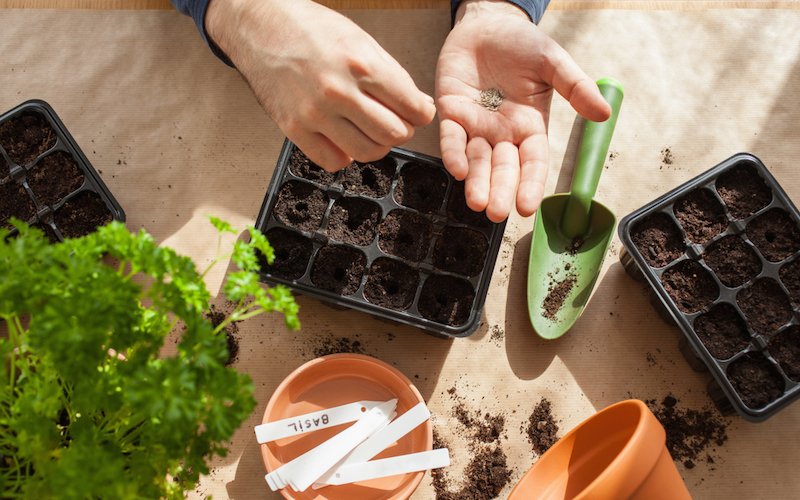
Tomatoes are among the easiest vegetables to save seeds from, but the process requires a bit of fermentation to ensure viability.
Step-by-Step Guide
- Select Healthy Fruit: Choose ripe, disease-free tomatoes that represent the characteristics you want to preserve.
- Extract Seeds: Slice the tomato and scoop out the seeds with surrounding gel.
- Ferment: Place the seeds and gel in a small jar with a little water. Let it sit at room temperature for 2–4 days, stirring daily. Fermentation removes the gelatinous coating, which inhibits germination.
- Rinse and Dry: After fermentation, rinse seeds thoroughly to remove residue. Spread them on a paper towel or mesh screen to dry completely for about a week.
- Store Properly: Store seeds in an airtight container in a cool, dark place. Properly dried tomato seeds can remain viable for 4–6 years.
Tip: Fermentation not only prepares seeds for storage but also kills some seed-borne diseases, improving germination rates.
2. Saving Seeds from Peppers
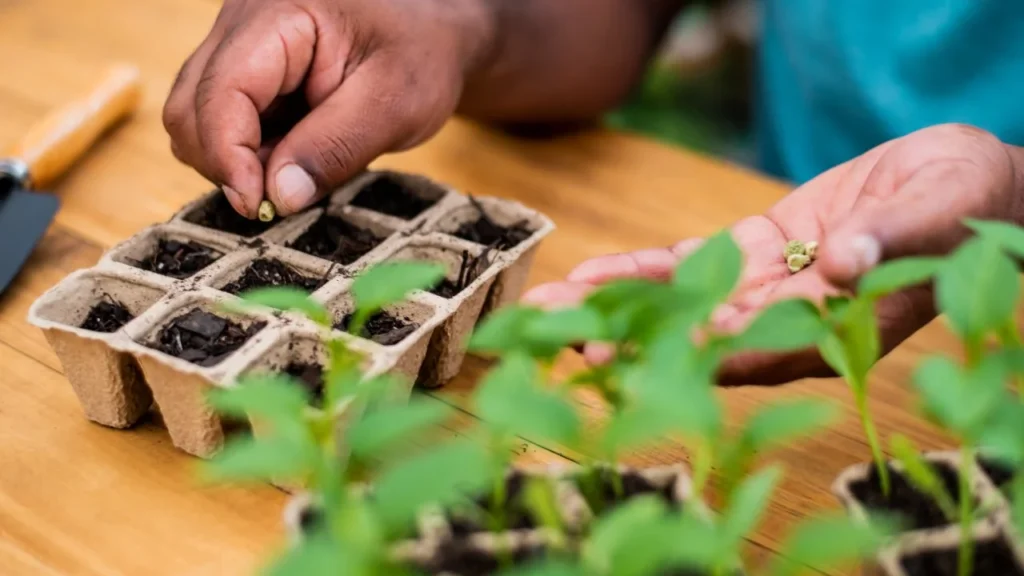
Peppers are another popular vegetable that produces seeds easily saved for future planting.
Step-by-Step Guide
- Choose Ripe Peppers: Select fully mature peppers. They should be firm and brightly colored.
- Extract Seeds: Cut the pepper open and scrape the seeds onto a plate.
- Separate and Dry: Spread seeds on a paper towel or mesh tray. Avoid washing them; simply allow them to dry naturally for 1–2 weeks.
- Avoid Overcrowding: Ensure seeds are spread out to prevent mold and clumping.
- Storage: Store dried seeds in a labeled envelope or airtight container. Keep them in a cool, dark, and dry place. Pepper seeds can remain viable for up to 2 years.
Tip: Hot and sweet peppers can be saved using the same method. Consider separating seeds from different varieties to prevent mixing.
3. Saving Seeds from Beans and Peas
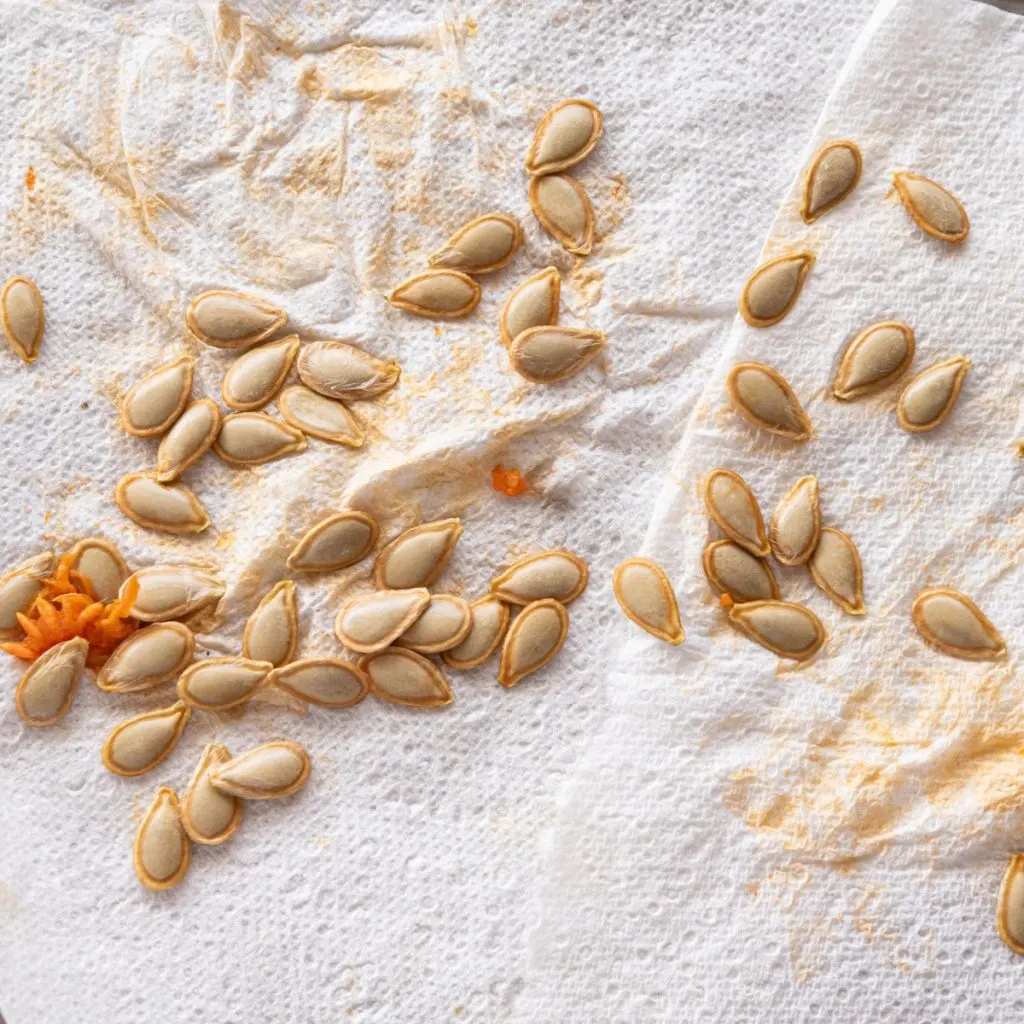
Legumes like beans and peas are excellent for seed saving because their pods clearly indicate when seeds are mature.
Step-by-Step Guide
- Wait for Maturity: Allow pods to dry on the plant. They should be brown, brittle, and fully dry.
- Harvest Pods: Collect mature pods before heavy rain or frost to avoid seed damage.
- Shell Seeds: Break open the pods and remove the seeds.
- Further Drying: Spread seeds out in a single layer to dry for a few more days if needed.
- Store Properly: Store in paper envelopes or glass jars in a cool, dry location. Bean and pea seeds can remain viable for 3–5 years.
Tip: Choose seeds from plants that performed well in your garden to improve future harvests and adapt your crop to local conditions.
4. Saving Seeds from Lettuce and Other Leafy Greens
While leafy greens are not traditionally thought of as seed-producing vegetables, they are excellent candidates for seed saving if you allow them to bolt and flower.
Step-by-Step Guide
- Allow Plants to Flower: Let a few lettuce or spinach plants bolt and produce flowers. This usually happens when the plant reaches maturity or stress occurs.
- Collect Seeds: Once the flowers have matured and dried, gently shake or cut seed heads over a container to collect seeds.
- Clean Seeds: Remove chaff and plant debris by winnowing or gently blowing air over seeds.
- Dry Thoroughly: Spread seeds out to ensure complete drying.
- Store Correctly: Store in a cool, dark, and dry environment. Lettuce and spinach seeds remain viable for 1–3 years.
Tip: Only allow the healthiest plants to flower for seed saving. This ensures stronger, disease-resistant offspring.
5. Saving Seeds from Cucumbers and Squash
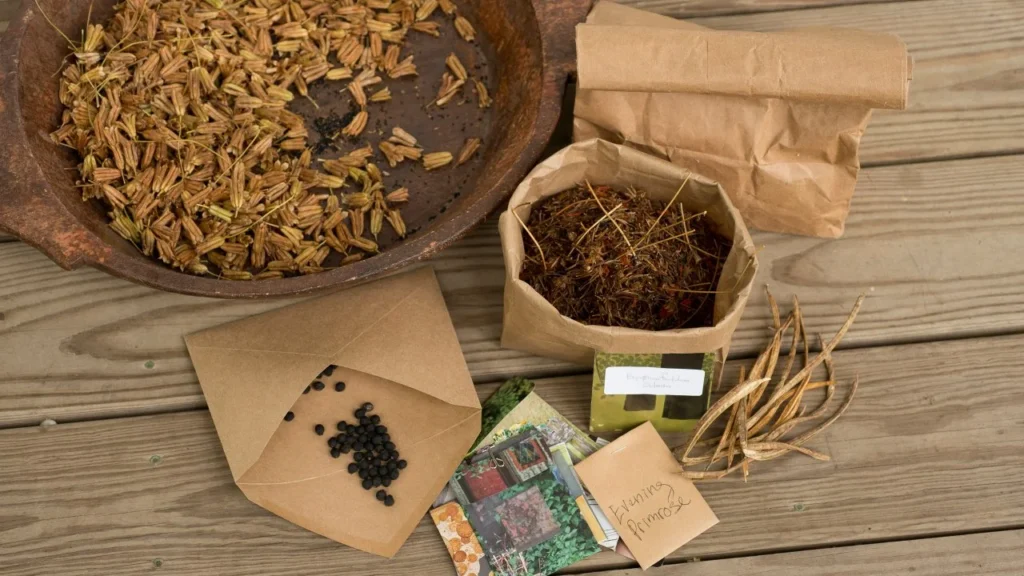
Cucumbers, pumpkins, and other squash have seeds that require fermentation, similar to tomatoes, to ensure high germination rates.
Step-by-Step Guide
- Select Ripe Fruit: Choose cucumbers or squash that are fully mature. For winter squash, wait until the skin hardens.
- Extract Seeds: Cut open the fruit and scoop out seeds along with surrounding pulp.
- Ferment Seeds: Place seeds in a jar with a little water and allow them to ferment for 2–3 days. Stir daily. This breaks down the gelatinous coating.
- Rinse and Dry: Rinse seeds thoroughly and spread them on a paper towel or mesh to dry completely.
- Storage: Store seeds in airtight containers in a cool, dark location. Cucumber and squash seeds can remain viable for 4–5 years.
Tip: Fermentation reduces the risk of fungal infection and increases germination rates.
Best Practices for Successful Seed Saving
- Label Everything: Always label seeds with the vegetable type, variety, and date of collection to avoid confusion.
- Select the Best Plants: Only save seeds from the healthiest, most productive plants to maintain strong genetics.
- Avoid Cross-Pollination: For vegetables prone to cross-pollination (like squash or carrots), maintain isolation distances or use physical barriers.
- Dry Thoroughly: Moist seeds can mold quickly; ensure seeds are fully dry before storing.
- Store Properly: Airtight containers, cool temperatures, and low humidity are crucial for long-term viability.
By following these practices, you can create a sustainable seed bank for your garden, allowing you to grow your favorite vegetables year after year without depending on external seed sources.
Conclusion
Saving seeds from your favorite vegetables is a simple yet powerful way to ensure a continuous supply of fresh produce, preserve plant varieties, and contribute to sustainable gardening. Whether you’re growing tomatoes, peppers, beans, leafy greens, or cucumbers, each vegetable offers a unique approach to seed saving. By understanding the needs of each plant, using proper harvesting and drying techniques, and storing seeds correctly, gardeners can cultivate a thriving, resilient garden year after year.
Seed saving not only reduces costs but also empowers gardeners to select plants suited to their climate, taste preferences, and space constraints. With these five easy methods, you can confidently save seeds and enjoy a productive, self-sustaining vegetable garden that reflects your personal touch and gardening expertise.
